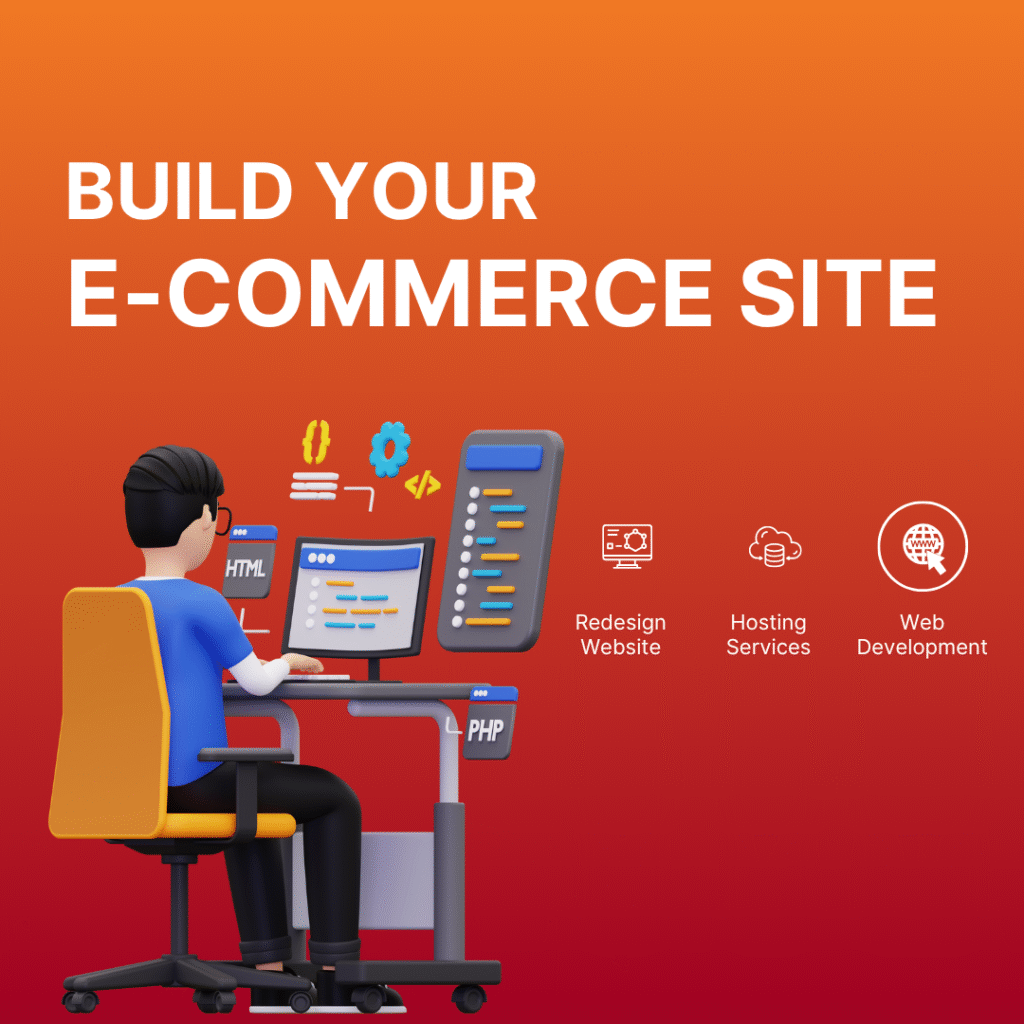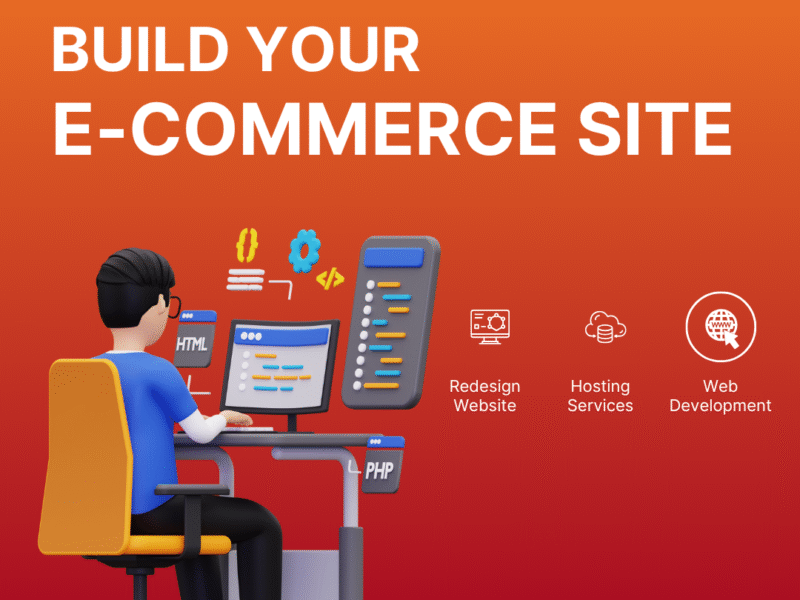1. Choose the Right Platform|
The foundation of a good ecommerce website lies in the platform you choose. Popular platforms like Shopify, WooCommerce, Magento, and BigCommerce each offer unique benefits.
- Shopify: Ideal for beginners with easy drag-and-drop functionality.
- WooCommerce: Perfect for WordPress users who want flexibility.
- Magento: Suited for large-scale businesses with technical teams.
- BigCommerce: Great for scalability and performance.
Your choice depends on your technical expertise, business size, and long-term goals.

2. Mobile-First Design
With over 70% of online shopping happening on mobile devices, having a mobile-first design is no longer optional—it’s essential. A responsive site ensures that users can browse and buy your products effortlessly from any device.
Focus on:
- Fast loading times
- Thumb-friendly navigation
- Clear call-to-action buttons
- Simple checkout process
Google also favors mobile-friendly websites, improving your SEO performance.
3. User Experience (UX) Matters
A seamless user experience is critical to converting visitors into customers. Consider these tips:
- Use intuitive navigation and search functions.
- Include high-quality product images and detailed descriptions.
- Offer multiple payment options.
- Provide trust signals like reviews, ratings, and SSL certificates.
The better your user experience, the longer visitors stay, increasing the chances of conversion.
4. Optimize for SEO
Search engine optimization is vital for driving organic traffic to your ecommerce website. Include keywords in:
- Product titles and descriptions
- Meta tags and headers
- Image alt texts
- URL structures
Use tools like Google Search Console and SEMrush to monitor performance and optimize accordingly. SEO not only brings visibility but also builds trust with your audience.
5. Integrate Secure Payment Gateways
Consumers are cautious about where they enter their credit card information. Integrate secure and trusted payment gateways like PayPal, Stripe, Razorpay, and Square.
Tips:
- Ensure your site has an SSL certificate.
- Display security badges.
- Offer guest checkout for quick transactions.
Security is a top priority for any ecommerce website.

6. Streamline Checkout Process
Cart abandonment is a major issue in online shopping. Minimize friction by:
- Reducing the number of steps to checkout
- Providing auto-fill forms
- Showing progress bars
- Offering flexible delivery and return options
A simple, transparent checkout process can significantly boost conversions.
7. Use High-Quality Visuals
Since customers can’t physically touch the product, visuals become the most critical part of the ecommerce website. Include:
- Multiple product angles
- Zoom-in features
- Videos showing the product in use
Visual content enhances trust and improves the likelihood of purchase.
8. Leverage Email Marketing
Capture visitor information through popups or discount offers and nurture them with personalized emails. You can use email marketing to:
- Send cart abandonment reminders
- Announce new arrivals and sales
- Offer personalized recommendations
- Re-engage past customers
Email marketing can be one of the highest ROI channels for online shopping businesses.
9. Enable Customer Reviews and Testimonials
Social proof plays a massive role in influencing purchase decisions. Allow users to leave product reviews and feature them prominently on your site. You can also include testimonials from satisfied customers on landing pages or use case studies.
Genuine feedback builds trust and boosts your brand reputation.
10. Analyze and Improve
Your ecommerce website is not a one-time project—it’s an ongoing process. Use tools like Google Analytics, Hotjar, and Crazy Egg to understand user behavior. Identify drop-off points, page performance, and product popularity.
Continuously test:
- Headlines and product descriptions
- Pricing strategies
- Button placements
- Layout changes
Optimization is key to staying ahead of the competition.
Final Thoughts | ecommerce website
Building a successful ecommerce website in 2025 means putting your customer at the center of everything—from design and SEO to user experience and security. As online shopping continues to dominate retail, businesses that prioritize strategy, innovation, and user needs will thrive.
Your digital storefront is more than just a website—it’s the heartbeat of your brand in the digital world. Build it smart. Build it strong. And watch your business grow.



